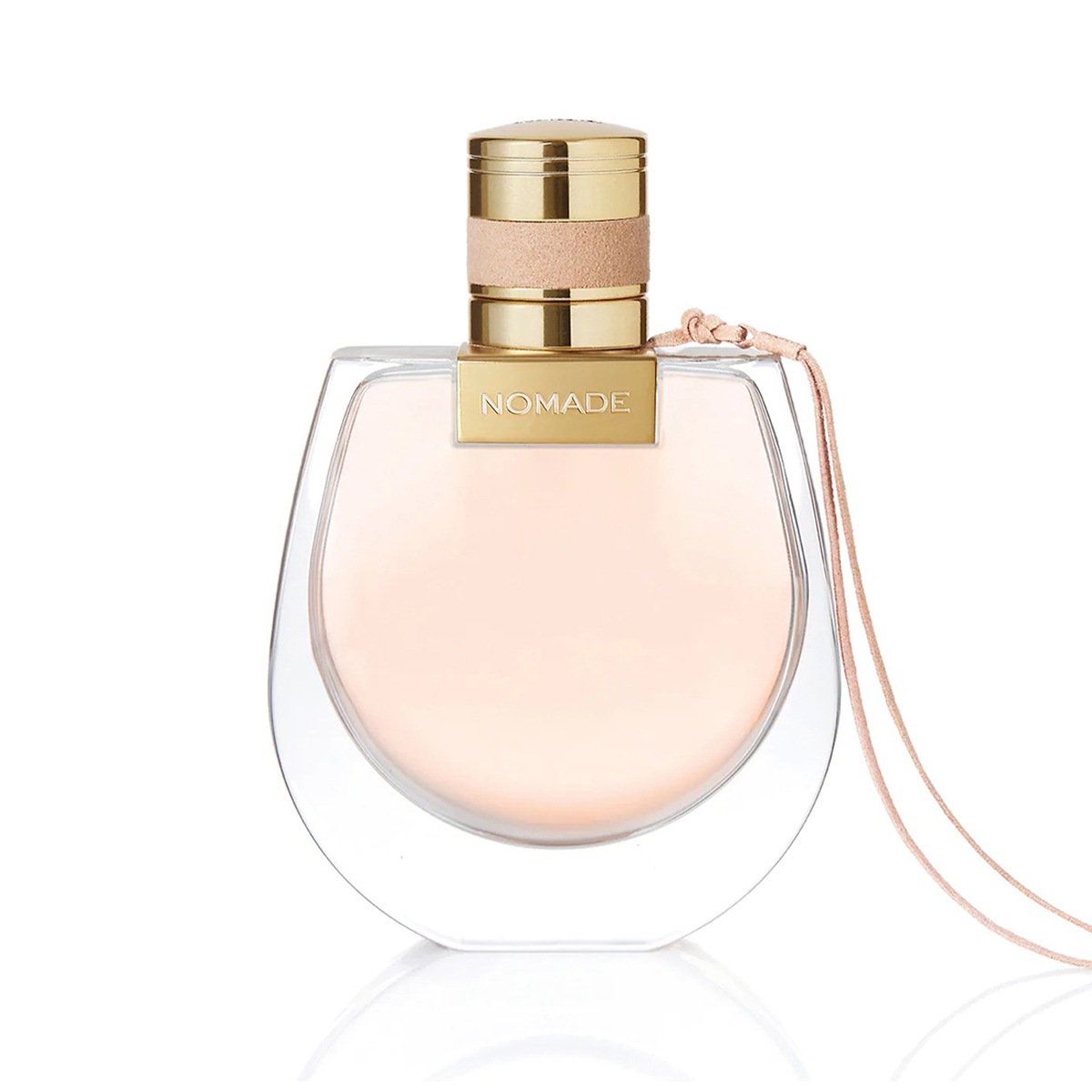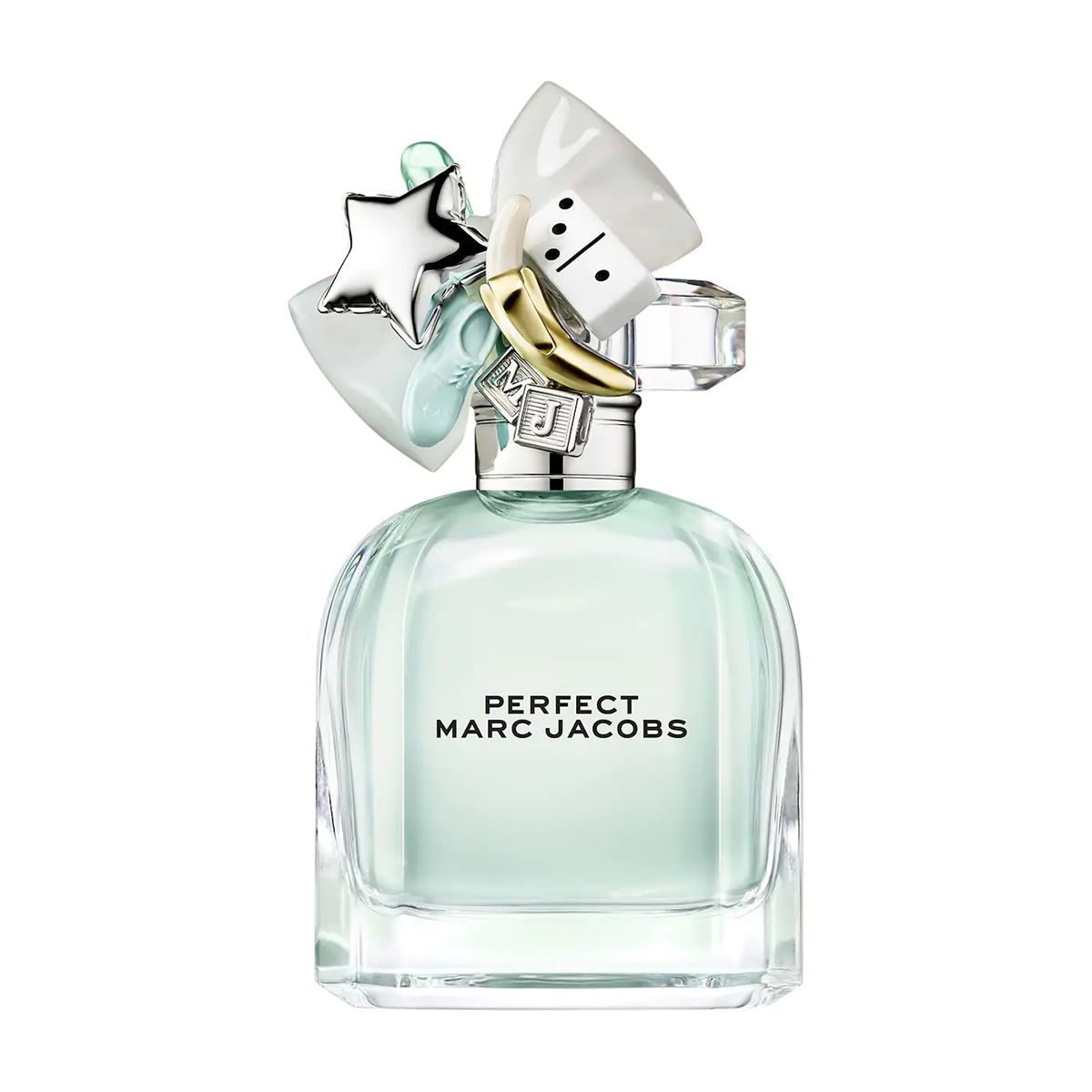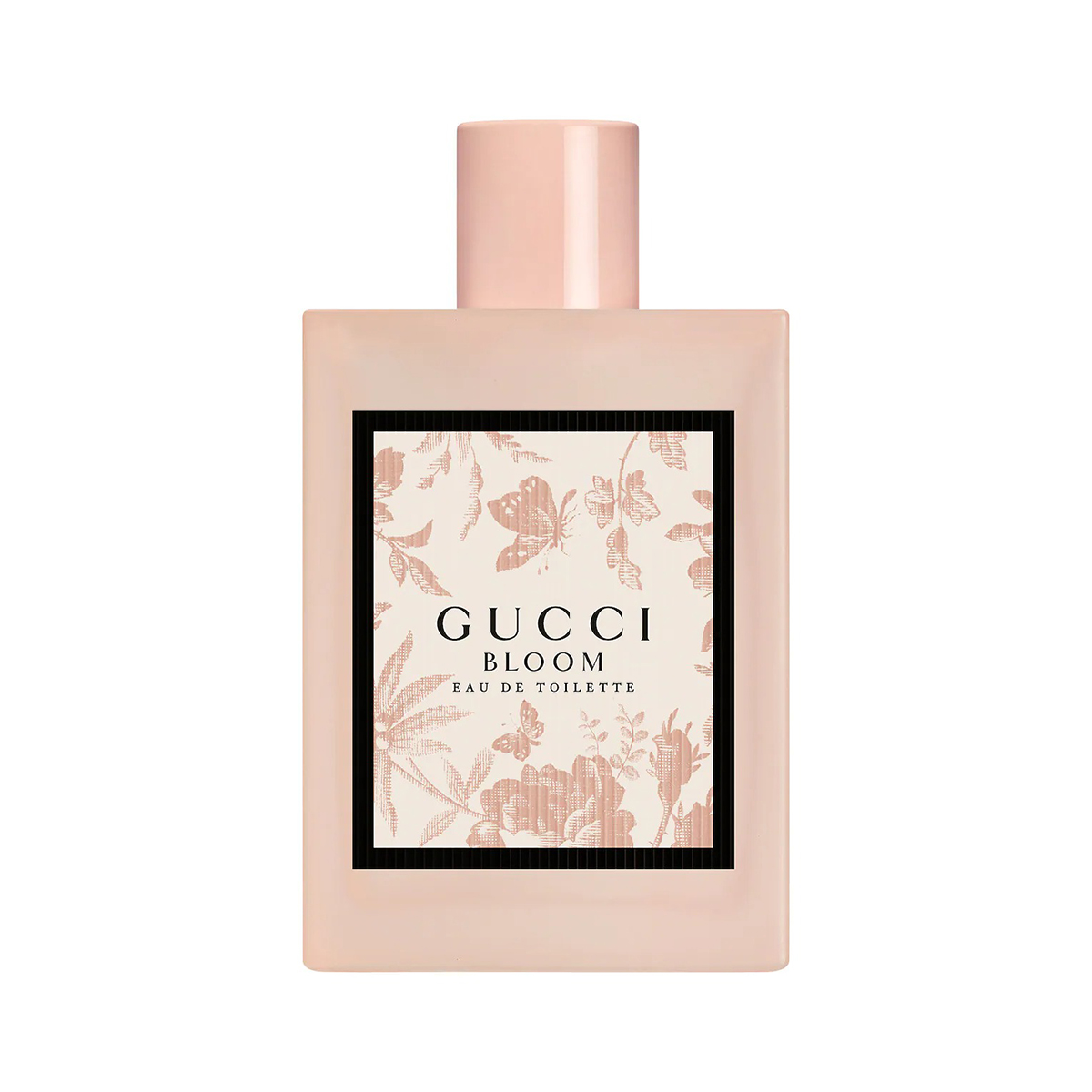
Whether you're a newbie to fragrances or a dedicated enthusiast, there's something special to be said about creating a personalized olfactory experience that's uniquely you. In the past, Who What Wear's beauty editors have dedicated articles to in-depth explorations of fragrances by discussing everything from their notes to their cultural significance, without missing a beat. We're back with another investigation into the complex world of fragrances, this time focusing on identifying the differences and commonalities between your favorite eau de toilette and eau de parfum.
We've reached out to two fragrance experts, Funmi Monet and Abigaille Cadet, who have built their expansive social media platforms by sharing their unique knowledge on the subject with their audiences. To finally learn the answer to one of the most popular questions when it comes to conversations around eau de toilette versus eau de parfum, read on.
To accurately determine the many differences between eau de parfum and eau de toilette, I caught up with fragrance and beauty expert Funmi Monet who, in addition to being a licensed therapist, has built a large social media following (350,000+ on TikTok) on tips, tricks, and recommendations for the fragrance enthusiast and novice alike. In fact, she is affectionately known on the app as "your fave fragrance auntie." She shared that one of the main differences between eau de parfum and eau de toilette is the perfume oil concentration.
"Eau de toilette generally has a perfume oil concentration between 8% and 12% while eau de parfum can have a perfume oil concentration between 12% to 18%," Monet says. According to her, the oil concentration of an eau de parfum or eau toilette shouldn't sway a fragrance novice one way or the other, as a higher concentration doesn't necessarily mean the former is 'better.' She contributes this to the unique composition of fragrances that possess different elements. This, in turn, "makes each level of intensity relevant to the experience of the wearer."



My research didn't stop there, as I also reached out to another perfume expert Abigaille Cadet. Like Monet, Cadet is a digital creator who bases a majority of her content around educating her audience on all things fragrance-related and smart ways to budget when shopping for them. "To properly understand the difference between an eau de parfum and eau de toilette, we have to start from the beginning," she says. "Fragrances are made with perfume oils that are diluted with alcohol and water depending on the concentration of oils used when blending the fragrance." But where does the term "toile" even come from? Cadet explained to me how historically, toile was a scented cloth that would be steeped in heavy fragrances and then applied to the skin as a way to combat body odor (we've all been there).
Let's break this down further by going into some linguistics and definitions. As you may have guessed by now, the word "toilette" has its roots in the French language, and when translated, means toilet and/or bathroom. Alternately, "eau" is the French word for water. Put together, the term eau de toilette roughly translates to "water of the bathroom." As explained by Cadet, an eau de toilette usually lasts between six to eight hours depending on its blend type and notes. The word "parfum," is derived from the Latin word for smoke. Thanks to its high perfume oil concentration, an eau de parfum can last up to 10 hours. Can't decide between the two? If you've never considered layering the two, here's your sign to give it a shot and get the most out of your wear. Shop our expert's top picks below to get started.
















Next: Burning Candles Is My Favorite Hobby—These 22 Luxury Buys Are Worth Every Penny
from Who What Wear https://ift.tt/8FY0ymx
No comments:
Post a Comment